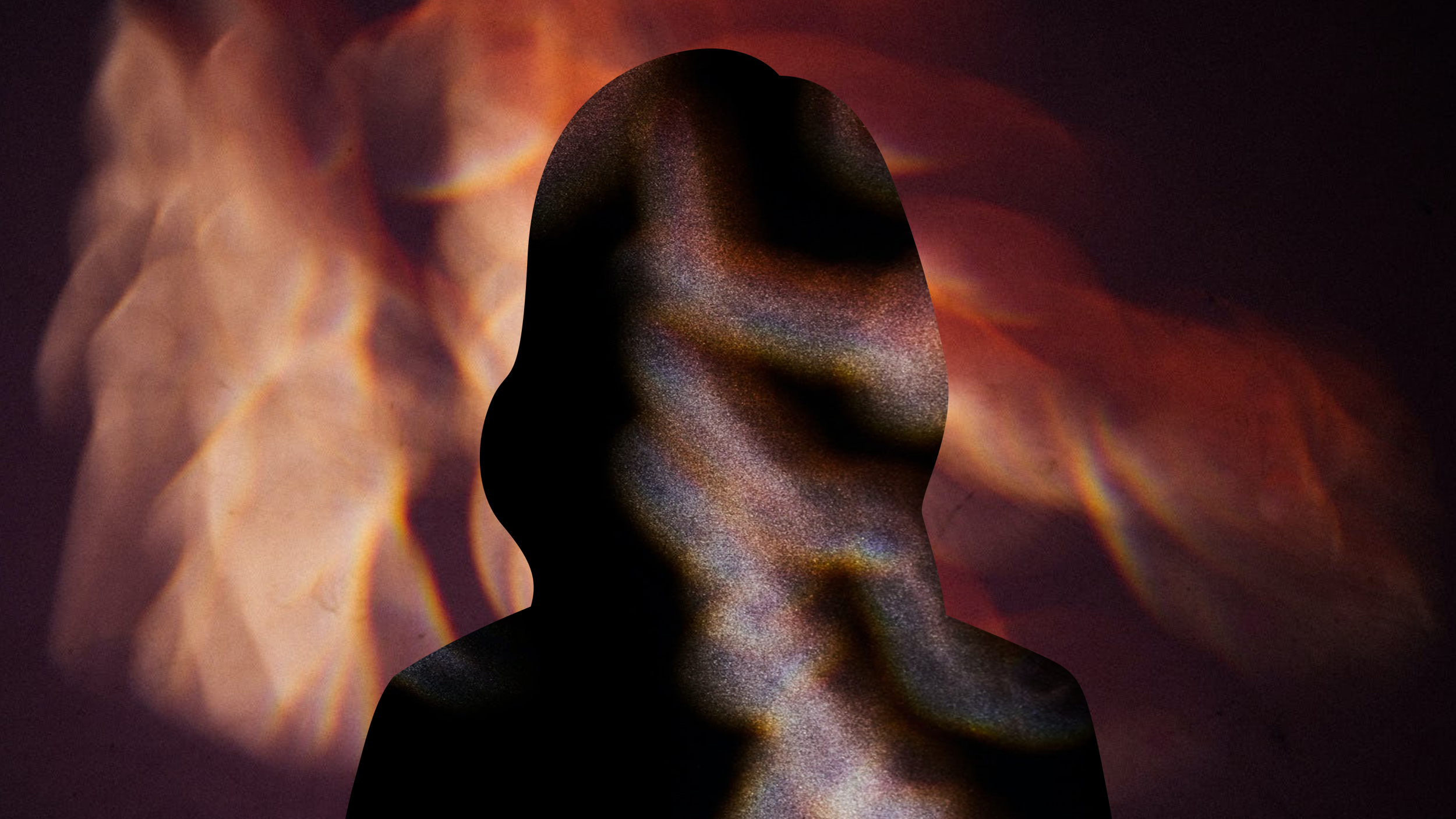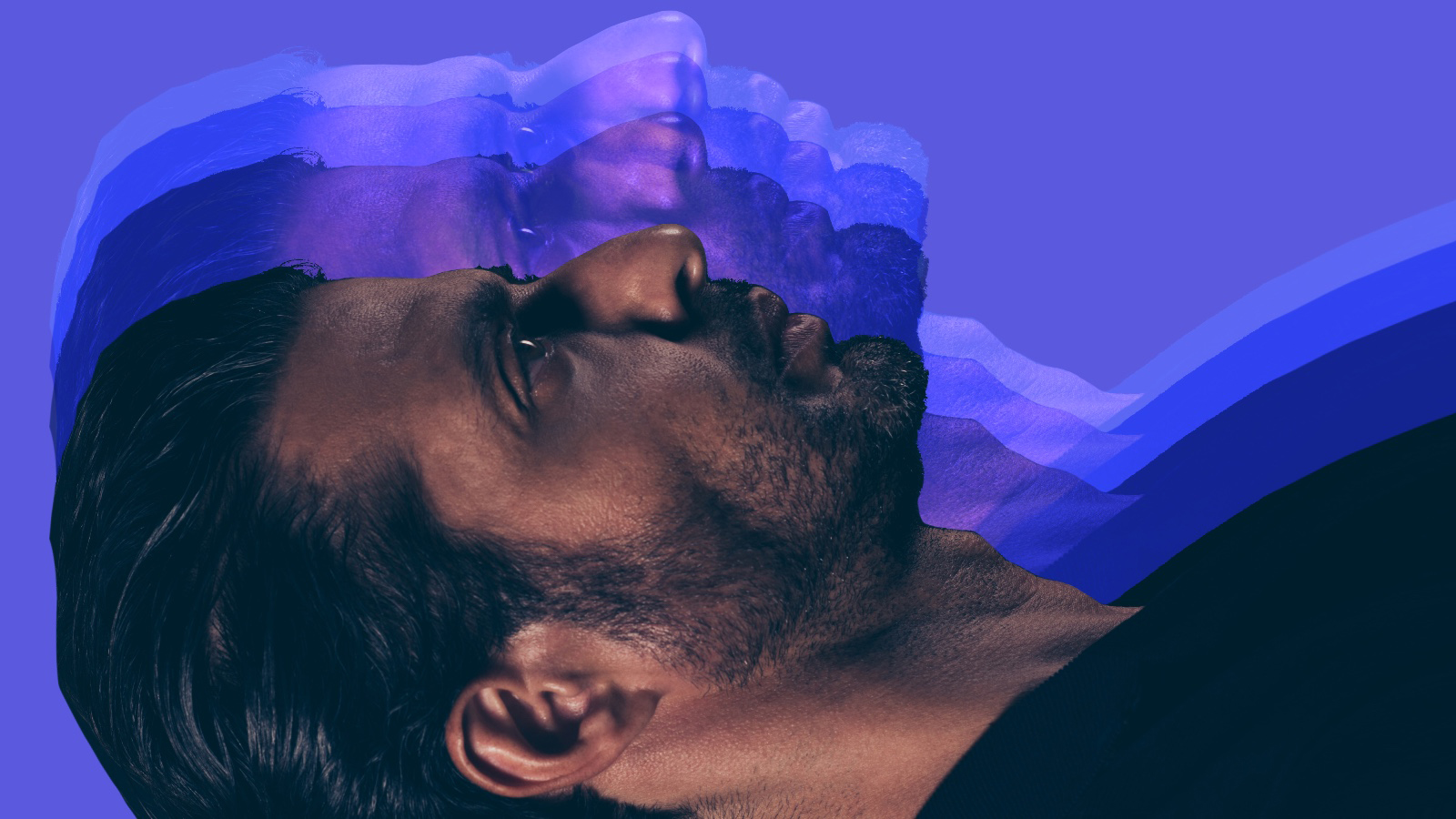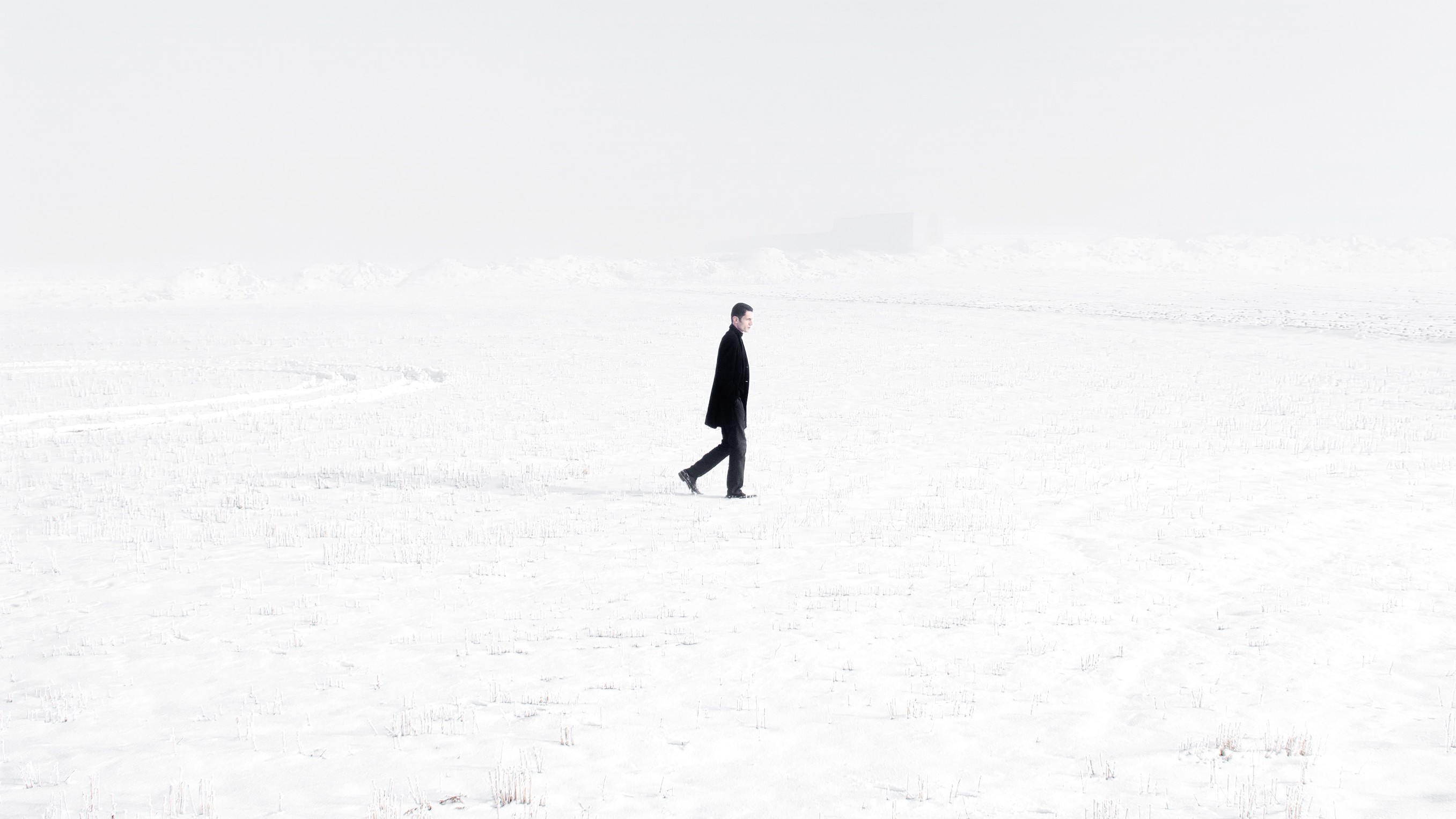Can near-death experiences prove the afterlife?

- About five percent of the general population has had a near-death experience (NDE). They are powerful, vivid, and often a transformative experience.
- Philosophers have started to see NDEs as proof of the afterlife. They are as justifying as any (real-world) experience, and the sheer weight of evidence might be reason enough to believe.
- This is an exciting and fruitful avenue. But there are at least four issues with this argument.
There’s nothing so beloved by filmmakers as the near-death experience scene. You know the one: It happens when the hero is bleeding out, drowning, or staggering through a heat-warped desert. Suddenly, the screen turns a pure, calming white, and there’s a saccharine scene between the hero and their dead loved ones, or perhaps a wise old person with a kind face. After some heart-warming back and forth, it ends with something like, “It’s not your time,” or, “You don’t belong here.” Then, the hero jerks awake and goes on to defeat anything and everything.
As it turns out, these near-death experiences (NDEs) are not just a box office trope. They’re unusually common in the general public. Roughly 9 million Americans claim to have had an NDE. It’s thought that roughly five percent of the general population, and 15-20 percent of critical patients (that is, those in critical care) have had an out-of-body experience. It’s likely that someone in your life has had one. Perhaps you have?
So, what philosophical or religious conclusions can we draw from this? To paraphrase C.S. Lewis, if we have an experience which cannot be satisfied by this world, does that point to another world? An afterlife, perhaps? Well… it’s complicated.
A different kind of experience, entirely
In the scientific or philosophical literature, a near-death experience is not a misunderstanding or misrepresentation of some other cognitive phenomenon. As one leading author on the topic, Pim van Lommel, describes them, “the NDE is an authentic experience that cannot be simply reduced to imagination, fear of death, hallucination, psychosis, the use of drugs, or oxygen deficiency.” NDEs need to be examined as their own thing — a separate experience, that millions of people around the world encounter, and which is irreducible to any other (existing) neuroscientific explanation.
Lommel’s landmark paper reveals several interesting things. First, NDEs have been shown to occur some minutes after the heart of a critical patient has stopped, and at a time when “the brain ordinarily stops functioning and cortical activity becomes isoelectric.” This implies that whatever the source or reason for these NDEs, it does not lie in normal, understood brain processes. Second, our recollection of NDEs is much more like real memories than imagined memories. As a research team from the University of Padova showed, “NDE memories and the real memories had the same amount of mnesic characteristics and both were more complex and richer than imagined memories.” That is to say, NDEs cannot be immediately dismissed as the fictional nonsense of near-death — at least in terms of memory and recollection.
Finally, and perhaps most shockingly, people who have had an NDE can often recount things that actually happened while they were unconscious, such as an open-heart operation taking place. Even more oddly, in a point considered by psychiatrist Dr. Bruce Greyson in a video for Big Think, sometimes NDEs feature events that the experiencers couldn’t even have known about. In Greyson’s case, a patient could “see” him talking to a colleague a corridor away from where her bed lay. He could think of no other explanation for how she knew that fact.
Heaven exists because I’ve seen it
The Swedish philosopher, Jens Ambers, in his book, Why an Afterlife Obviously Exists, believes that NDEs make an interesting case for the existence of an afterlife.
He argues, first, that NDEs can happen to anyone — atheists, believers, and everyone in between. And yet, people who have these experiences are much more likely to come away from an NDE believing in the presence of an afterlife. Between 76 and 100 percent of those who have an NDE end up agreeing with the statement, “An afterlife definitely exists.” These experiences are so profoundly vivid and so moving, that they serve to utterly reorient people in regard to their beliefs. The existence of experiencers is the reason for non-experiencers to believe. For Ambers, an NDE acts as self-justifying, “empirically certain” proof for God, gods, and the afterlife. Given that these experiences are coherent, structured, and detailed, they are valid and justified grounds for these beliefs (as much as any “real” experience is).
That’s all good and well, for them, but it’s hardly going to convince everyone else, right? For Ambers, it certainly should. If up to 15 percent of the general population claims to have first-hand, indisputable proof of an afterlife, surely that adds weight to its probable existence? If millions of otherwise rational, reputable, and reliable people tell you something is true, isn’t that good grounds for believing so?
Not quite seeing the light
There’s a lot to be said for this argument. It is certainly compelling insofar that it utilizes some of the most modern research we have into neuroscience and NDEs. But, there are still at least four issues it needs to address.
First, using NDEs in this way is essentially a reworking of the “god of the gaps” fallacy. This is an argument that falls under the category, “We do not know how something works, so therefore it must be god/the mystical.” Yes, it might be, but until we have ruled out all other natural explanations, there is little philosophical reason to recourse to the supernatural. Our understanding of the brain still has a lot of gaps in it, so it is unclear why we need to assume God as the explanation.
Second, the problem with any study involving human consciousness is that it relies on self-reporting. And, the problem with self-reporting is that it cannot be corroborated by any objective tool. For instance, if someone says that they floated above their body at a certain time, that cannot be independently verified. There is a difference between when someone thinks they had an experience and when they actually did. It’s a bit like asking someone when in the night they had a particular dream.
Third, while a great weight of reputable and reasonable testimony lends itself to something being true, it is not clear that the threshold has been met for NDEs. As is commonly ascribed to Carl Sagan, “extraordinary claims require extraordinary evidence.” When we’re dealing with the afterlife, gods, the supernatural, or the one-of-a-kind, we require more than the “usual” standards for justification. Seven percent of Britons and a tenth of all Americans (including our own astrophysicist!) claim to have seen a UFO. Does that count for evidence of their existence? In the U.S., nearly 20 percent of people claim to have seen a ghost. But do ghosts exist?
What kind of afterlife?
Even if we were to assume NDEs did prove an afterlife, there is a fourth issue yet. Ambers refers to NDEs as being coherent and consistent, not to mention common across all peoples and all ages. This is likely true for the existence of NDEs but says nothing of their content. As Dr. Greyson tells us, how people “describe these phenomena is influenced by their cultural background.”
A Christian in America will see Jesus or the God of the Bible. A Buddhist or Hindu almost certainly will see it differently. While we can form broad categories of NDEs, each are personal and unique to the experiencer. So, rather than saying “we have a million sources that point to a single conclusion,” we ought to be saying “we have a million sources pointing to a million conclusions.”
Start of something new
Near-death experiences often have been dismissed by the philosophical literature as being the byproduct of a malfunctioning brain. But in recent years, the sheer depth and variety of NDE studies mean they can no longer be ignored. They are common enough, and abnormal enough, to require our attention.
At the very least, NDEs reveal our brain (again) to be a mysterious, complicated puzzle that we are only just starting to unravel. At the most, they might allow us to peak behind the curtain to see the spiritual world first-hand.





